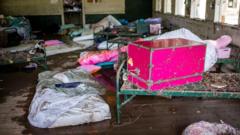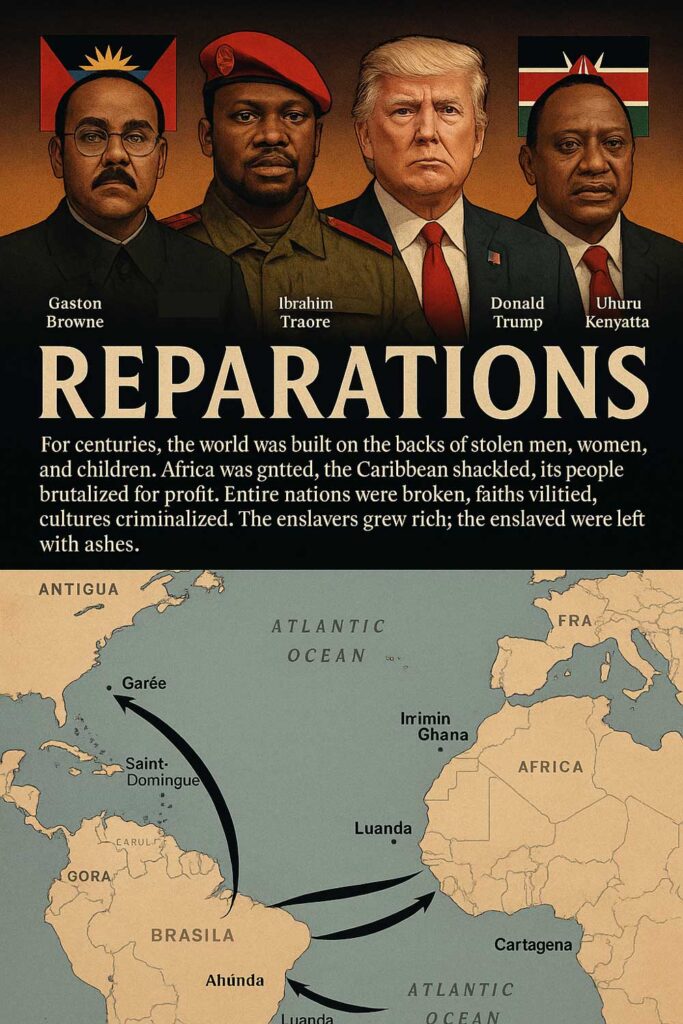The tragic events took place on July 4, when floodwaters inundated the camp’s cabins located near the Guadalupe River. Official records, as reported by sources like the New York Times and Associated Press, revealed that the Federal Emergency Management Agency (FEMA) originally designated the camp as a high-risk flood area in their 2011 maps. However, the camp, based on appeals, managed to dispute and remove several buildings from these maps.
FEMA generally utilizes flood maps to assist communities in identifying regions prone to flooding; however, concerns have risen regarding the exemptions granted to Camp Mystic, particularly as it serves minors. Sarah Pralle, an associate professor at Syracuse University who has examined FEMA flood maps, expressed her dismay over the situation, stating it is troubling given the camp's children's focus.
Earlier reports outlined that many cabins at Camp Mystic were within high-risk zones, including a defined "floodway" expected to be flooded under severe conditions. Despite this, the camp's defense against regulatory requirements meant no flood insurance or heightened construction standards were implemented.
The aftermath of the flood has led to discussions about the adequacy of warnings provided to residents and authorities regarding the severe weather. President Donald Trump recently visited the inundated regions, promising assistance to affected families, while also facing scrutiny about the government’s preparedness for the disaster. In total, the floods in Texas have resulted in at least 129 fatalities, with additional individuals unaccounted for.
Following the tragedy, experts pointed to critical factors such as the early morning onset of flooding and the vulnerable positioning of certain camp structures as contributing elements to the calamity.
As investigations continue, the recovery efforts and discussions about future flood management remain paramount for the Texas community.
FEMA generally utilizes flood maps to assist communities in identifying regions prone to flooding; however, concerns have risen regarding the exemptions granted to Camp Mystic, particularly as it serves minors. Sarah Pralle, an associate professor at Syracuse University who has examined FEMA flood maps, expressed her dismay over the situation, stating it is troubling given the camp's children's focus.
Earlier reports outlined that many cabins at Camp Mystic were within high-risk zones, including a defined "floodway" expected to be flooded under severe conditions. Despite this, the camp's defense against regulatory requirements meant no flood insurance or heightened construction standards were implemented.
The aftermath of the flood has led to discussions about the adequacy of warnings provided to residents and authorities regarding the severe weather. President Donald Trump recently visited the inundated regions, promising assistance to affected families, while also facing scrutiny about the government’s preparedness for the disaster. In total, the floods in Texas have resulted in at least 129 fatalities, with additional individuals unaccounted for.
Following the tragedy, experts pointed to critical factors such as the early morning onset of flooding and the vulnerable positioning of certain camp structures as contributing elements to the calamity.
As investigations continue, the recovery efforts and discussions about future flood management remain paramount for the Texas community.





















